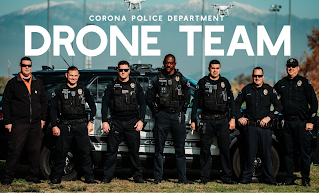Uncrewed Aerial System Operations and Crew Requirements
When selecting, certifying, and training UAS operators, several critical factors come into play.
Technical Proficiency:
Candidate should display a strong understanding of uncrewed aerial systems
(UASs) operations. For example, the candidate should have a general understanding
on navigation, how flight controls work and basic concepts, and
troubleshooting. Technical aptitude is crucial for effective performance.
Cognitive Skills: Candidate should be able to solve issues that arise,
decision-making, and critical thinking abilities in handling unexpected
situations during operations.
Adaptability to Technology: UAS technology is evolving rapidly. Therefore, HO need to adapt quickly to new systems, software, and equipment.
Communication Skills: Effective communication within the team, with
mission control, and when responding to unforeseen challenges is vital for
mission success.
Situational Awareness: HOs must maintain awareness of their
surroundings, weather conditions, and potential hazards to ensure safe and
efficient flights.
Adherence to Safety Protocols: Understanding and following safety
guidelines and protocols is crucial to prevent accidents and ensure public
safety.
Emotional Resilience: Operating UAS can be stressful. HO must
handle pressure and maintain composure during high-stress situations.
Teamwork and CRM: Collaboration and effective Crew Resource Management
(CRM) among HOs, mission commanders, and ground control are pivotal for
seamless operations.
The training duration for candidates would span six weeks, which is notably
shorter than the extensive training undergone by crewed aircraft pilots. The
rationale behind this period selection is the accessibility of modern
technologies like virtual reality (VR), which offer less complex training
environments compared to platforms like the MQ-9 Predator. Furthermore, the
operation of UAS differs significantly from crewed aircraft, where physical
fitness stands as a crucial requirement, necessitating pilots to clear a
comprehensive medical examination.






Comments
Post a Comment